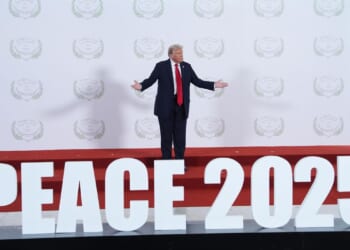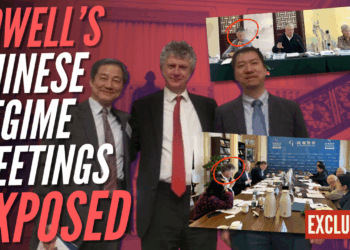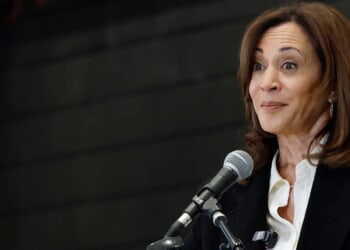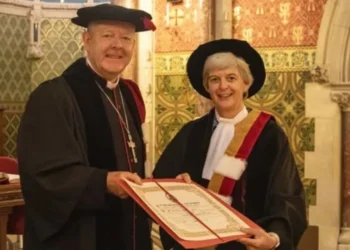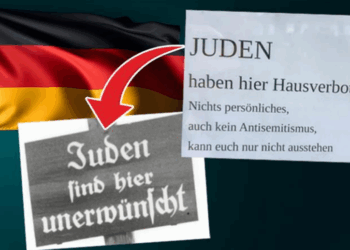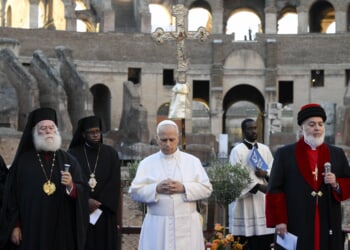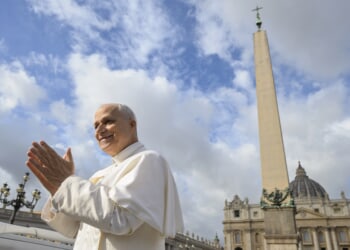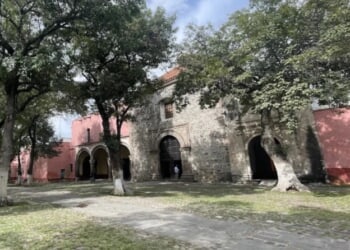More and more Americans are watching horror, not just in October but all year long. The genre has outgrown its season. Horror now floods summer streams, rules box-office charts, and stalks every corner of social media. In a culture cushioned by convenience, fear often feels refreshing.
The great irony is that Hollywood can’t tell a scary story without raiding the Church.
The great irony is that Hollywood can’t tell a scary story without raiding the Church. It has spent decades ridiculing saints, priests, and celibacy, but drops to its knees whenever it needs a box-office miracle.
You can see it in every franchise with staying power. The Exorcist christened the genre in holy terror, setting the standard for every possession film that followed. The Conjuring turned prayer into a punch-up between heaven and hell. The Nun dressed blasphemy in silk and made virtue look villainous. Even The Pope’s Exorcist, with Russell Crowe in shades and a cassock, treated the crucifix like a loaded weapon. (RELATED: Bloody Zombies No Longer Shock Our Streets)
But the bond between Catholicism and horror began long before a camera ever rolled. The Middle Ages were already steeped in existential dread. Candlelight flickered against cathedral walls etched with judgment. Skeletons danced through murals, reminding the living that dust waits for everyone. Bells tolled for the dying, incense rose for the damned, and every sermon warned that sin had consequences.
Fear was a teacher, not a tormentor. The Church used it to carve conscience, to make the invisible visible. Its cathedrals were manuals in morality — stained glass glowing with glory and guilt, spires reaching toward mercy through mist. Gargoyles crouched along the edges, grim guardians that kept evil near enough to remind believers it was real.
This atmosphere bred the first ghosts and ghouls of Western imagination. Medieval monks penned tales of restless souls and wandering sinners. Dante, a loyal son of the Church, mapped Hell with papal precision, turning sacrilege into scenery. Caravaggio, a Catholic who painted like a sinner begging forgiveness, drenched saints in shadow and murderers in divine light. The old masters didn’t invent horror. Instead, they anointed it. The smell of candle wax and confession clung to every brushstroke and stanza. From that union of faith and fear came the Gothic — the Church’s unholy gift to art, and the ancestor of every horror story since. (RELATED: Love and Reason in the Ruins)
By the time the printing press arrived, Europe’s imagination was already darkly devotional. The haunted abbey, the penitent spirit, the cursed crypt — these weren’t literary gimmicks but spiritual memories. When writers like Mary Shelley and Bram Stoker appeared, they carried the macabre forward. Frankenstein reimagined the ancient offense of playing God, creation without the Creator. Dracula turned the consecrated craving of the Eucharist into a thirst for blood. Every page carried the echo of a sermon, the trace of faith gone feral. So when film arrived, the Church’s imagery slipped easily into the frame. The camera awakened the quiet terror in the art. Gothic arches became backdrops; Latin prayers became soundtracks. Nosferatu, Häxan, The Omen— all were echoes of a much older catechism. Catholic teaching had always warned that the Devil rarely shows his horns. He comes gently first — charming, reasonable — until ruin feels righteous.
For all its swagger, Hollywood still bows to Rome. No other faith paints vice and vanity with such splendour. Protestantism offered restraint; Catholicism turned devotion into drama, and doubt into dialogue. It’s a faith that rejects half-measures and speaks only in absolutes. Every great horror story borrows its rhythm. Heresy is heresy. Grace is grace. The contrast is cinematic by design. Even the most cynical director can’t resist the symmetry of candle and coffin, chalice and chain, prayer and possession.
Because horror, at its heart, isn’t about monsters but moral consequence. It asks what happens when man forgets God exists.
Hollywood needs Catholicism like a vampire needs a vein. The faith it defiles fuels its most powerful images. Because horror, at its heart, isn’t about monsters but moral consequence. It asks what happens when man forgets God exists. Catholicism gives that question flesh, fire, and fear. It speaks in symbols the audience already knows: holy water, confession, redemption. The cross still cuts deeper than any knife.
The Church that reached for Heaven laid the foundations of Hell on film.
Millions in America and beyond — from ticket buyers to top-billed producers — reject the Church yet reach for her symbols. Without the rosary and the rite, the horror rings hollow. Slashers and zombies come and go, but a priest crossing a threshold with Scripture still stops the heart. Why? Because it scratches at something ancient. The knowledge that we are not alone, and never secure.
That’s the divine joke Hollywood keeps repeating: it needs the Church to sell Satan. Every time it taunts the altar or turns a psalm inside out, it’s admitting that the holy still holds sway. You can’t frighten people with something they don’t, deep down, believe. Every upside-down cross, every whispered “Hail Mary” in Dolby surround sound, is proof of the Catholicism’s enduring charge.
So next time a horror movie leaves you sweaty and sleepless, realize you’ve had a brush with theology. The culture can’t escape the Catholic current. It craves the ritual, the reverence, the danger. That’s the truth that lingers long after the credits roll. The faith that raises believers and cathedrals also bankrolls blockbusters. Hollywood may mock the Mass, but it never misses the collection plate.
READ MORE from John Mac Ghlionn:
How the Irish Became America’s Favorite Fantasy



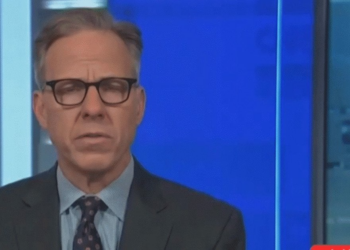

![Former NFL QB F'd Around with The Wrong Old Man, Found Out with a Few Stab Wounds [WATCH]](https://www.right2024.com/wp-content/uploads/2025/10/Former-NFL-QB-Fd-Around-with-The-Wrong-Old-Man-350x250.jpg)
